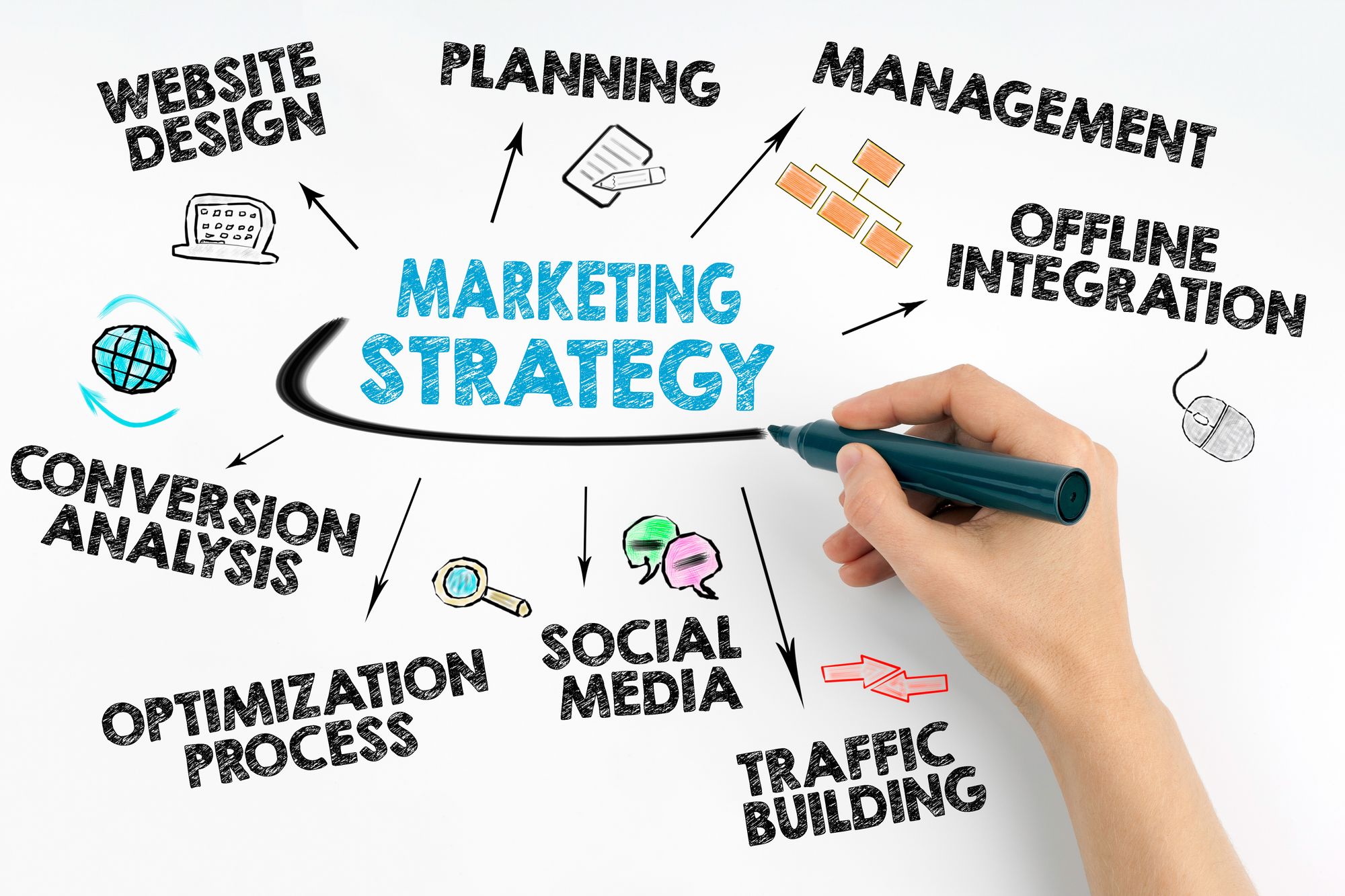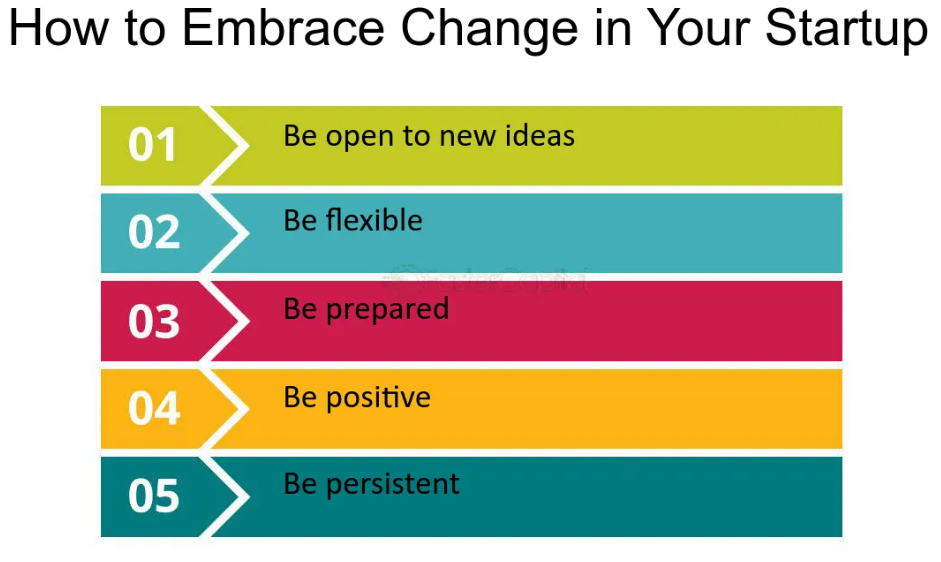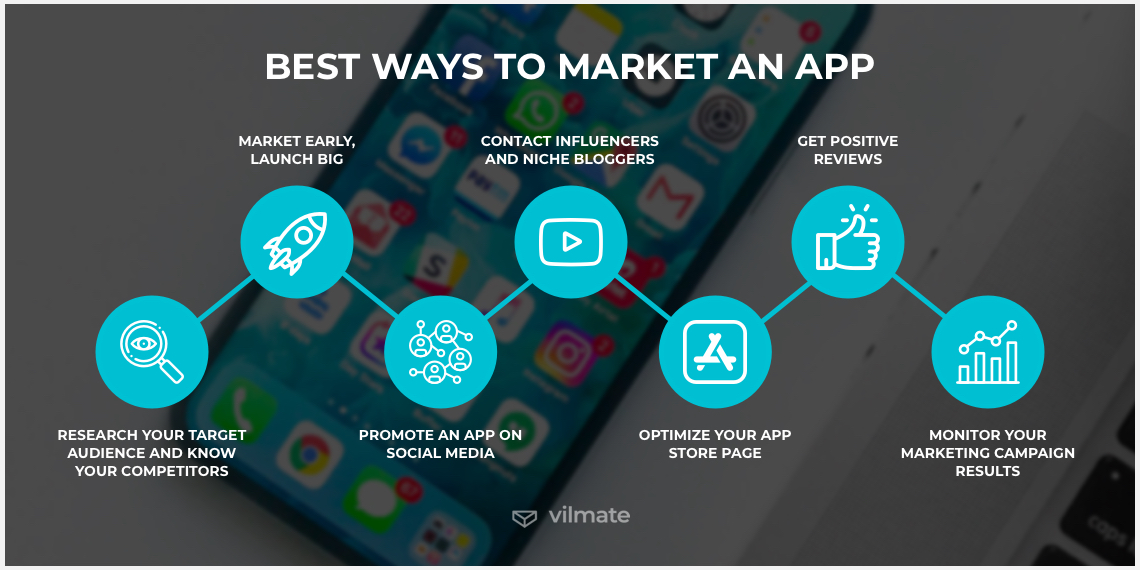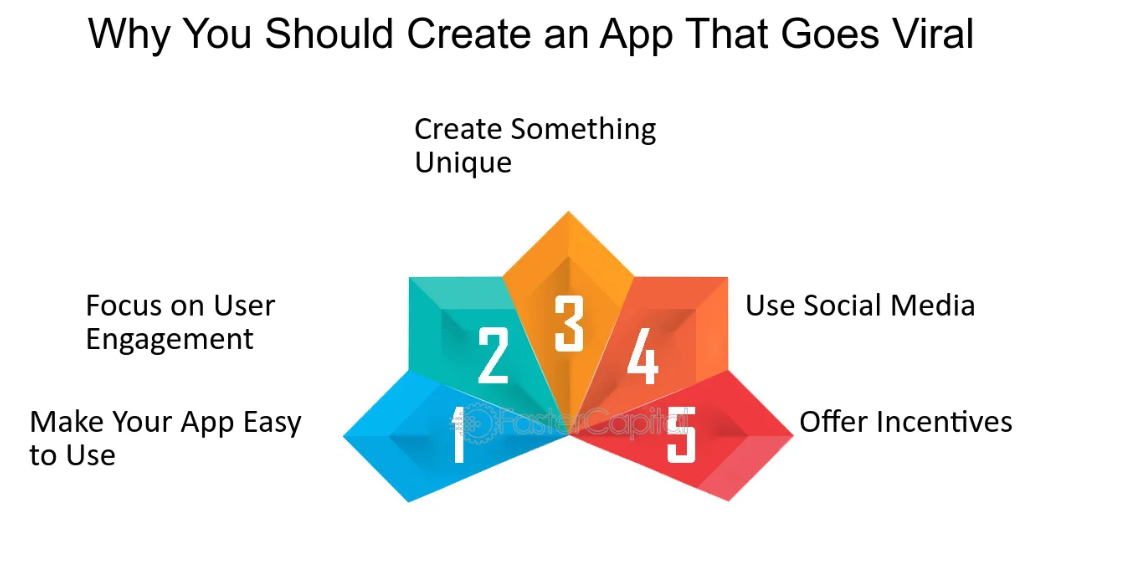Marketing Techniques in Healthcare App Development
The #1 most important thing for healthcare app development is ensuring robust data security and privacy to protect patient information. Mobile health apps are revolutionizing the healthcare sector by improving the way people manage their health and well-being as well as enhancing the way practitioners manage care delivery. Developers, however, are only just beginning the process of developing the app. The real issue lies in its promotion in a world that is ever so saturated and ever so fast. What you require is ways and means that are not only going to draw attention to the features of the app but also show the utility of the app to users. It also helps create a unique healthcare app that will be relevant to a specific audience and thus deliver the most value.
You cannot have an app with tremendous potential and not be able to promote it properly and get people to understand why they need it. When one recognizes the environment and the target audience's needs, it is easy to develop a marketing strategy that suits the situation. This creates the foundation that leads to a further understanding of who your users are and how your application can best serve them.
Click on each corresponding link to jump ahead:
- Understanding Your Audience
- Effective Marketing Strategies
- Leveraging Partnerships
- Analytics and Adaptation
- Embracing Change in App Marketing
- How to Promote Health Apps
- How to Make Healthcare Apps User-Friendly
- Things That Make Healthcare Apps Go Viral
If you are looking for help with marketing your healthcare app, contact Profitworks.
1) Understanding Your Audience

Source: Unsplash
Identifying your target audience is pivotal in healthcare app design. Your marketing message should specifically address healthcare organizations seeking solutions that integrate seamlessly with their existing software, as well as patients desiring greater control over their health through a user-friendly interface. Understanding the distinct needs and preferences of these groups is essential, as they represent the primary clients of the services provided.
Aligning Features with User Needs
After identifying the target audience, it is imperative to ensure that the healthcare app meets their specific needs. Critically evaluate the app's features: how effectively do they address common problems encountered by your users? For example, if your application is designed to help individuals with diabetes track their blood glucose levels, emphasize its ease of use. Encouraging user feedback through surveys or beta releases not only refines the application but also demonstrates the developer’s commitment to user satisfaction, thereby enhancing user confidence and fostering a strong community around the app.
2) Effective Marketing Strategies

Source: OkCredit
Combining traditional marketing strategies with innovative, modern approaches can significantly boost the popularity and usage of your healthcare app.
One effective strategy is to share educational content that highlights the importance of your app in daily life. Distributing articles, infographics, and videos can help potential users understand the app's value. For example, an article discussing how your app assists individuals in managing chronic diseases can be both informative and motivating, encouraging potential users to see its benefits.
Another key approach is to ensure your content is optimized for search engines by including relevant keywords that potential users might search for, such as "health management apps" or "doctor appointment booking." This optimization increases the likelihood of your app appearing in search results, driving more organic traffic to your platform.
Engaging with users on social media is also crucial. Sharing short, practical health tips on platforms like Instagram and Twitter can attract attention and increase your app's popularity. Demonstrating how your app works in these posts can help potential users understand its functionality. Consistent posting reinforces your app's presence and keeps it top of mind for potential users.
Email marketing remains a powerful tool. Building an email list and sending out monthly newsletters containing health-related information, app updates, and occasional promotions can keep users informed and engaged with your app. Regular communication fosters a connection with your audience and encourages ongoing usage.
Additionally, securing endorsements and testimonials from medical professionals can greatly enhance your app's credibility. Visiting hospitals and clinics to seek endorsements from medical practitioners and health bloggers can attract more users by leveraging the trust these professionals command.
By implementing these strategies, you can effectively market your healthcare app, increasing its visibility and adoption among your target audience.
3) Leveraging Partnerships
Forming strategic partnerships is a powerful way to boost the credibility and reach of your healthcare app. By collaborating with established healthcare providers, institutions, and even other tech companies, you can significantly enhance the value of your app. A recommendation from a trusted doctor or a partnership with a renowned health system can greatly influence how potential users perceive your app. These relationships not only extend your reach but also provide you with additional resources and expertise to improve your app.
Furthermore, consider the benefits of integrating your app with other technologies. Partnering with wearable tech companies, for example, can enable your app to offer more comprehensive health monitoring solutions. Each partnership opens new channels for user acquisition and engagement, which are crucial for growing your app's user base. By aligning with partners who share your commitment to healthcare innovation, you can create synergies that amplify your marketing efforts and enhance your product offerings.
Strategic partnerships also bring the advantage of shared knowledge and expertise. Collaborating with other entities in the healthcare sector can provide insights into emerging trends and best practices, ensuring that your app stays at the forefront of technological and medical advancements. Additionally, these partnerships can facilitate access to new markets and user demographics, further expanding your app's reach.
Ultimately, forming strategic partnerships is a multifaceted approach that not only boosts your app's credibility and visibility but also enhances its functionality and user experience. By leveraging the strengths and resources of your partners, you can create a more robust and appealing product that stands out in the competitive healthcare app market.
4) Analytics and Adaptation
To remain relevant in the competitive healthcare app market, constant assessment and refinement of your strategies are essential. Effectively leveraging analytics can provide valuable insights that drive informed decision-making and continuous improvement. Here’s how you can use analytics to your advantage:
First, understand which features are most popular among users and identify where they may lose interest. By tracking user engagement with various features, you can determine what is working well and what needs improvement. This insight allows you to prioritize updates and enhancements that align with user preferences, thereby increasing satisfaction and retention.
Next, track the success rates of different marketing initiatives to discover which strategies resonate most with your target market. Analyzing metrics such as click-through rates, conversion rates, and user acquisition costs can help you identify the most effective channels and tactics. This data-driven approach enables you to allocate resources more efficiently and maximize the impact of your marketing efforts.
Regularly analyze user feedback to gauge the effectiveness of your application and identify potential issues. User reviews, surveys, and in-app feedback can provide valuable information about pain points and areas for improvement. By addressing these concerns promptly, you demonstrate a commitment to user satisfaction and continuous enhancement.
Additionally, monitor the ratio of installed app users to active users to assess the effectiveness of your onboarding process. High installation rates coupled with low active user numbers may indicate friction in the onboarding experience. Identifying and resolving these issues can improve user retention and ensure that new users fully engage with the app’s features.
By consistently applying these analytical techniques, you can adapt your strategies to meet evolving user needs and market demands, ensuring sustained relevance and success for your healthcare app.
5) Embracing Change in App Marketing

Source: FasterCapital
In the dynamic landscape of healthcare, where uncertainty is a constant, embracing flexibility is paramount. The role of new technologies in marketing, particularly mobile augmented reality (AR) and artificial intelligence (AI), is increasingly significant and transformative. These technologies are reshaping how healthcare applications engage with users. For instance, using AR to demonstrate medical devices and their usage can enhance user interest and understanding, making complex information more accessible and engaging.
However, it's crucial to maintain a forward-looking approach. Continuously monitoring emerging trends and technologies allows healthcare app developers to seize new marketing opportunities and meet evolving user expectations. One such example is the focus on security, and integrating a VPN for multiple devices that can encrypt sensitive data and ensuring secure connections. By embracing these changes, apps can differentiate themselves in a competitive market. Adaptation is key—being prepared to pivot strategies and integrate new concepts and tools that enhance user engagement and satisfaction is vital for success.
In the realm of healthcare application development, those who demonstrate readiness to adapt and anticipate future trends are most likely to thrive. By staying agile and proactive, developers can not only meet current demands but also lead innovation in healthcare technology, delivering meaningful solutions that resonate with users and drive long-term success.
6) How to Promote Health Apps

Source: Vilmate
Promoting health apps effectively demands a strategic blend of traditional marketing techniques and innovative digital strategies. Here are six essential steps to consider:
-
Identify Your Target Audience: Conduct thorough market research to understand the demographics, preferences, and challenges of potential users. Tailor your marketing approach to resonate with these specifics, ensuring you reach the right audience effectively.
-
Harness the Power of Social Media: Utilize platforms such as Facebook, Instagram, Twitter, and LinkedIn to build awareness and engage with your target audience. Share compelling content like educational materials, success stories, and user testimonials. Targeted ad campaigns on these platforms can expand your reach significantly.
-
Optimize for App Stores: Employ effective App Store Optimization (ASO) strategies to enhance your app’s visibility. Use relevant keywords in your app’s title and description, and encourage positive reviews and ratings from satisfied users.
-
Collaborate with Influencers: Partner with influencers in the health and wellness space who can endorse your app to their followers authentically. Their testimonials and personal experiences can effectively showcase the benefits of your app.
-
Content Marketing Strategy: Develop a robust content strategy encompassing blog posts, videos, webinars, and infographics focused on health and wellness topics. This not only positions your app as a valuable resource but also boosts your search engine rankings.
-
Email Marketing Campaigns: Build and maintain an email list of potential users. Regularly send newsletters featuring health tips, app updates, and special offers tailored to their interests. Personalized email campaigns can significantly enhance user engagement and retention rates.
By implementing these strategies, healthcare app developers can effectively promote their apps, broaden their audience reach, and enhance user adoption and satisfaction. These steps ensure a comprehensive approach to marketing that adapts to the dynamic healthcare technology landscape.
7) How to Make Healthcare Apps User-Friendly
Creating user-friendly healthcare apps is essential to ensure a positive user experience and maximize the app’s benefits. Here are six key strategies to achieve this:
-
Simple and Intuitive Design: Focus on a clean, intuitive design that guides users effortlessly through the app. Use familiar icons and logical navigation to minimize the learning curve and make finding information quick and easy.
-
Personalization: Tailor the app experience based on user preferences and health data. Providing personalized recommendations, reminders, and health insights enhances relevance and engagement.
-
Clear and Accessible Information: Present information clearly using simple language and avoid medical jargon. Incorporate visual aids and accessibility features like text-to-speech and adjustable fonts to accommodate diverse user needs.
-
Efficient Onboarding Process: Design a streamlined onboarding process that helps users set up profiles and understand key features quickly. Use guided tutorials and tooltips to introduce functionalities without overwhelming new users.
-
Optimized Performance: Ensure the app loads quickly and operates smoothly. Regular updates and bug fixes maintain a seamless user experience, enhancing app reliability.
-
Engaging Features and Feedback: Incorporate gamification elements such as progress tracking and rewards to encourage user interaction. Provide easy feedback mechanisms for users to report issues and suggest improvements, demonstrating responsiveness and enhancing user satisfaction.
By prioritizing these strategies, developers can create healthcare apps that are not only functional but also enjoyable and easy to use, ultimately leading to higher user satisfaction and better health outcomes.
8) Things That Make Healthcare Apps Go Viral

Source: FasterCapital
